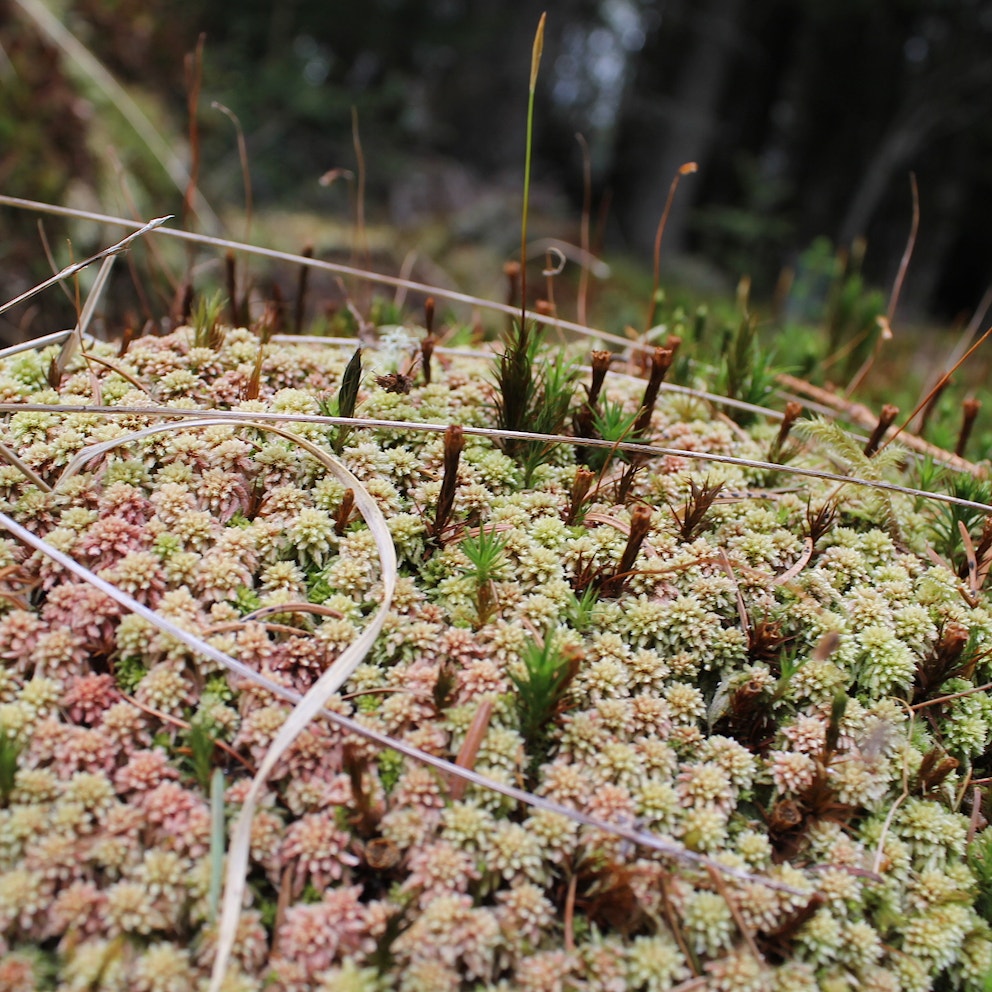Natural Capital Laboratory
A live experiment for identifying, quantifying and valuing the impacts of rewilding.

AECOM, the Lifescape Project, the University of Cumbria and landowners, Emilia and Roger Leese, have set up the Natural Capital Laboratory (NCL) to collaboratively research how we measure and monitoring rewilding. The 100-acre site is located in the Scottish Highlands, near Loch Ness, and is aiming to restore native forests. Engaging local communities and stakeholders is also a central element to the project, as well as an education and engagement programme.
Technology is at the centre of the project, with new techniques being explored and tested to collect environmental, economic and social data to understand change within the landscape. The project will trial the use of eDNA, drones, satellites, artificial intelligence, virtual or augmented reality and robotic rovers to collect and analyse information over a five-year period. This data will be used to measure and value the change across the project each year. In addition to data collection, the project is creating new ways to communicate this change using virtual reality and immersive digital platforms. It will also assess the natural capital of the project over five years to quantify changes for people and wildlife. The NCL incorporates the IUCN Rewilding principles in all its work and is one of the first projects to do so.
To contribute towards being carbon negative, the project requests anyone on site to only consume vegan food and is using renewable energy to generate electricity to support the building on site.
KICK-STARTING REWILDING
Several interventions are being undertaken to kick start natural processes. This includes native tree planting to restore native woodlands and to create a seed source for future woodland regeneration. Non-native plantation woodland is being harvested and removed from the site, replaced with native woodland. Peatbog restoration will re-wet existing areas of peatbog to improve biodiversity as well as carbon storage.
Species reintroductions are also being considered, with an initial assessment being conducted as to what species are missing from the landscape which would otherwise be present in a fully functioning ecosystem.
Images: Chris Coupland Photography, Alan Watson Featherstone, WildSide and Natural Capital Laboratory
Find out more:
https://birchfieldhighlands.org
https://aecom.com/uk/natural-capital-laboratory
https://lifescapeproject.org
You can also view a Countryfile episode on the project here https://www.bbc.co.uk/programm…
-
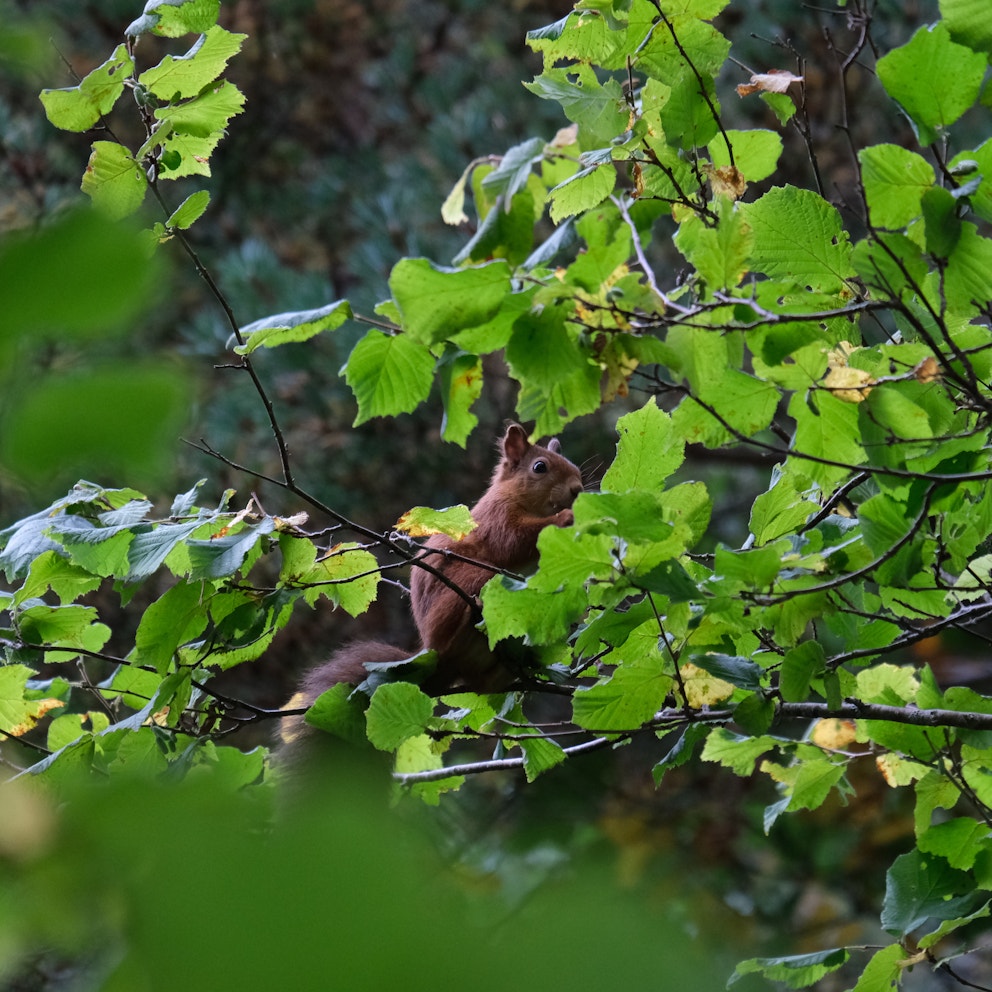
© Wildside -
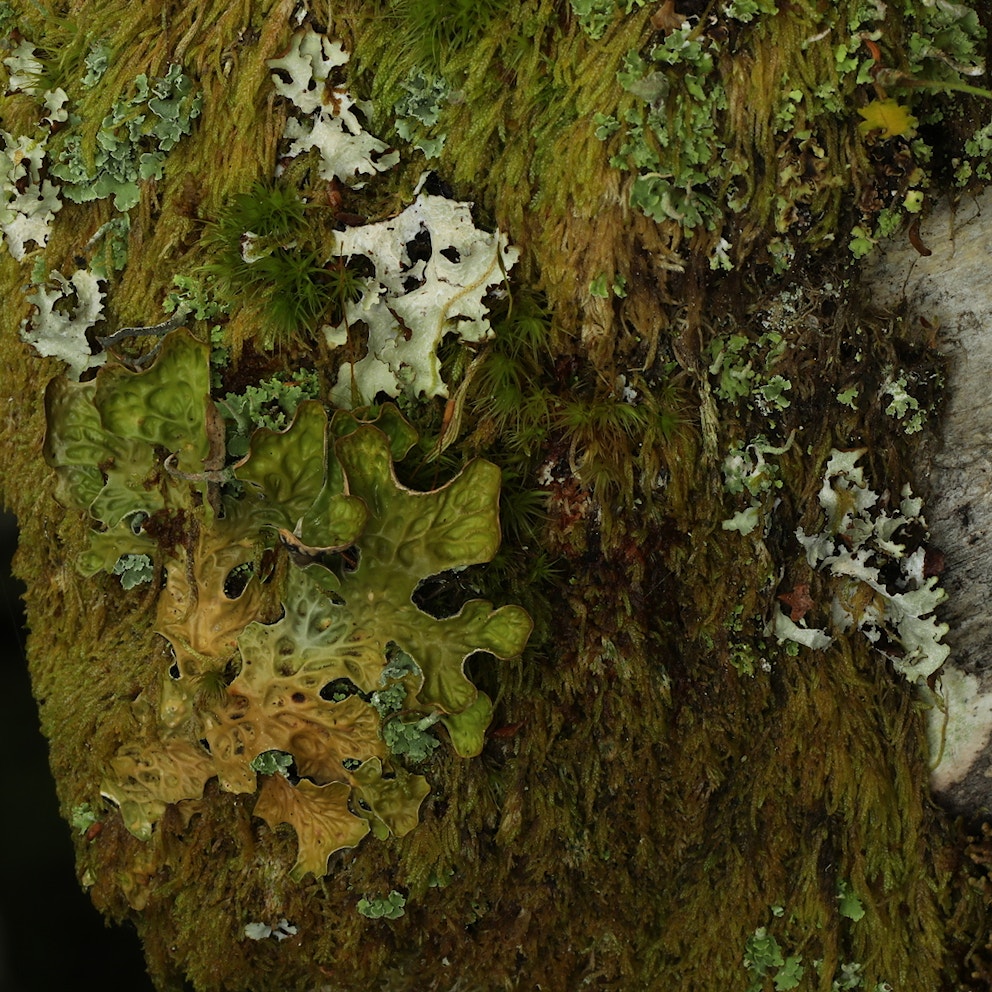
© Alan Watson Featherstone -
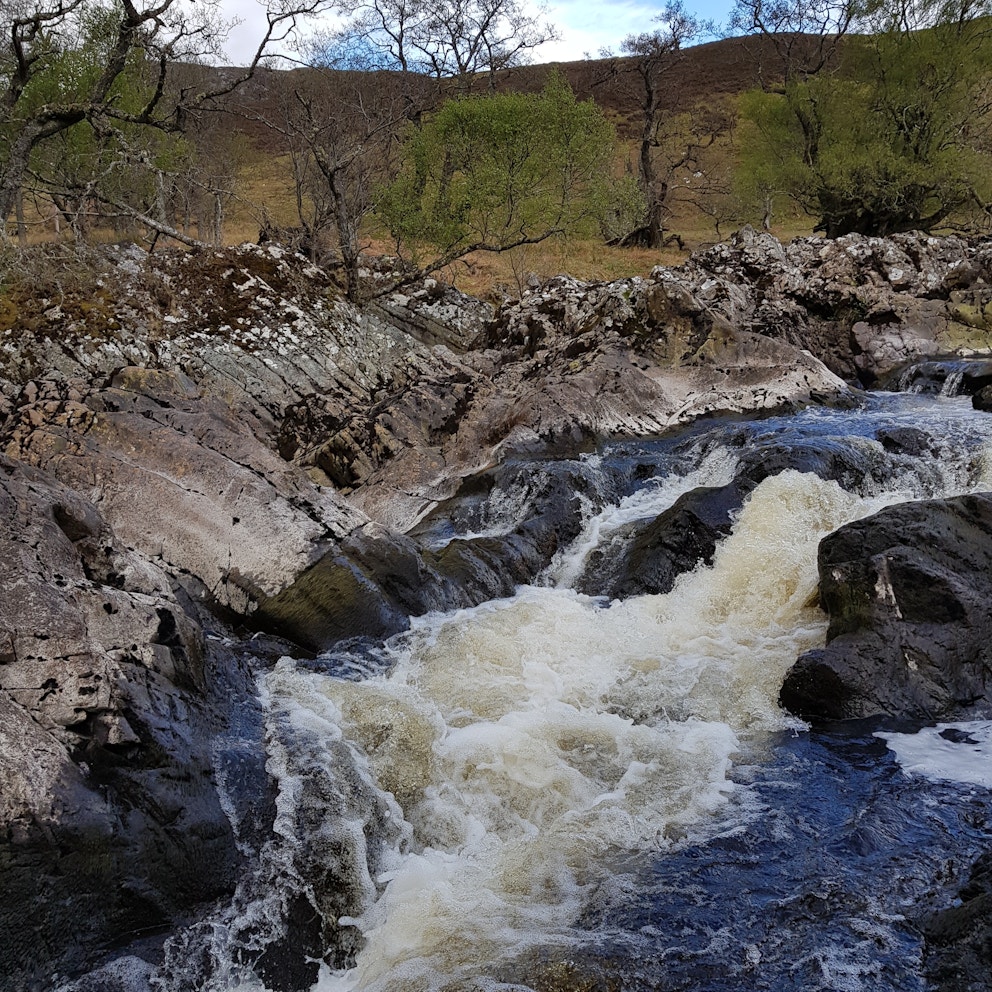
© Benshaw Moor -
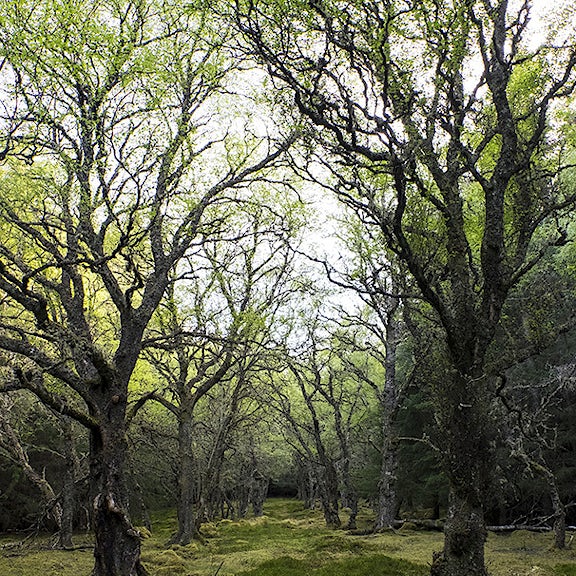
© Chris Coupland Photography -
© Natural Capital Laboratory -
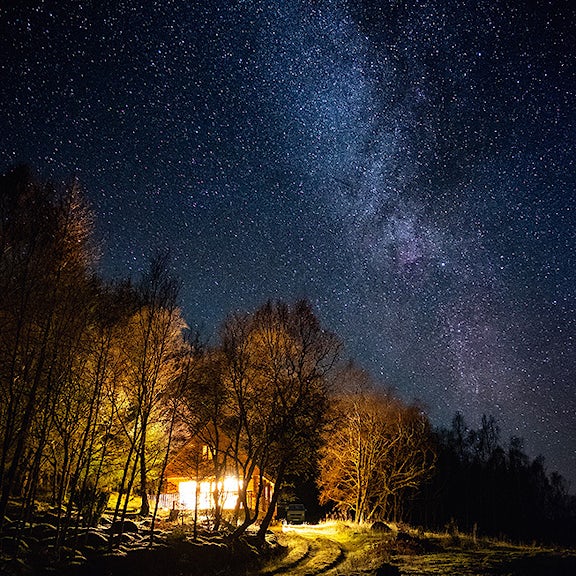
© Chris Coupland Photography
future plans
- Continue to innovate with new technologies and collect data until 2024
- Continue to share findings and provide a demonstration project for rewilding in the Scottish Highlands
- Build woodland interpretation hut

The Rewilding Network
The Rewilding Network is the go-to place for projects across Britain to connect, share and make rewilding happen on land and sea.
More about Natural Capital Laboratory
Find out more about Natural Capital Laboratory on their website.
